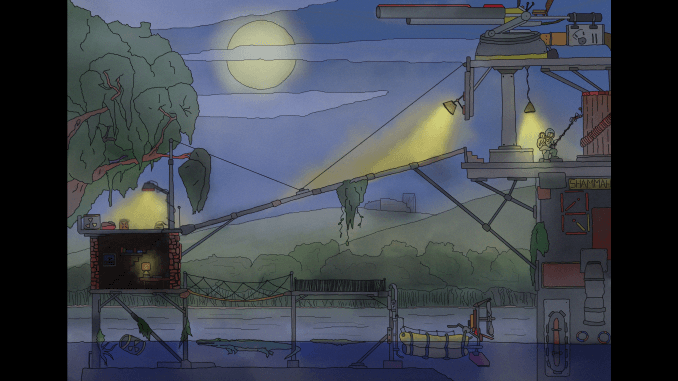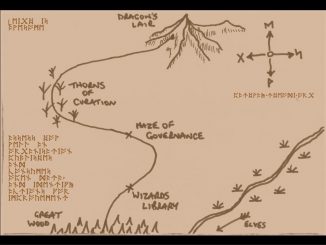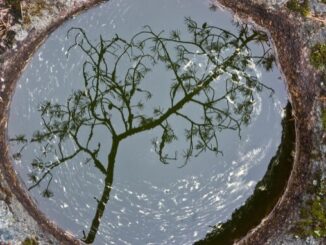
People love stories but hate maths and physics. That’s a fact.
As a high school teacher, I’ve always wondered what to do to make math and physics exercises more appealing for students. So summer of 2019, after a school year in which I’d introduced game elements into classroom tests, I decided to bring everything to the next level. Thanks to my background in computational physics and some youth interests in videogames, especially RPGs (role-playing games), I started to develop the first (ever!) 2D RPG specifically designed to teach mathematics and physics.
Three years later, many things have changed: we’ve all been through a pandemic and most of us, especially teachers, students, and parents, know how painful it was for students to (try to) learn while being stuck at home due to the covid restrictions. However, while the world of education was struggling to ease the fatigue of learning, my games helped many students and also received some attention from the national and international media, shedding light on the importance of using innovative methods in teaching. But before getting into the details of my project, let’s take a few steps back.
The Beginning

I was spending (without knowing) my last covid-free summer in the mountains with my family when, while thinking about the incoming school year, I had the idea of combining storytelling, entertainment, and learning all in one. So, in the years before, I’ve tried to do something by introducing funny elements in written tests (like giant Easter eggs thrown from Earth to the Moon, trying to find the route that will maximize living time while being chased by velociraptors and so on). So, I started thinking, and developing a serious(video)game came to my mind. I felt that the idea was so brilliant that it should have already been used by someone else, especially in the English spoken part of the world. I quickly googled my idea, and nothing came out. Usually, when you have an idea that no one else has ever had or transformed into reality, there are two options: it is an excellent and innovative thought or a terrible one.
I spent the remaining weeks of vacation coding and thinking about how to embed maths and physics in a story, trying to make all the problems presented not just a list of things to solve but something similar to real issues (this is, actually, the most difficult part). Then the school year began, and I showed my game to my classes: they were enthusiastic about it. The official launch was in December, during the Christmas break. Usually, students do not spend a lot of their spare time doing homework, especially during vacation time: well, it was incredible. Most of them sent me several e-mails asking for help or just delivering the final screenshot of the game as proof that they had completed the game (in addition to a good mark, there was also an actual prize, a vintage console, and a sci-fi book).
The project and the reasons for its success

It all started during the Christmas Holiday, then we had the pandemic, but I didn’t stop coding, and now there are three RPGs and one huge puzzle game (all the games combined sum up to almost two hundred hours of gaming and studying). The three RPGs are all connected, while the puzzle game is a collection of single levels dedicated to different topics in math and physics (from optics to quadratic equations and so on).
I usually assign students a specific stage from the puzzle game at the end of a specific didactic unit in order to consolidate the topic or as a preparation for a written test (in addition to traditional exercises and problems). The games are playable without installation (they are all browser games and are completely free – as education has to be), so they use their phones for playing, usually in groups of three or four. Since the RPGs games are longer and more elaborate, they typically have at least one month to complete, and, like any respectable RPG, the game can be finished at different percentages, depending on how many side quests have been completed or not. Scores, number of finished quests, and awards received then become marks that, all averaged, contribute to the final vote at the end of the school year.
But why do students enjoy so much this strange way of doing exercises?
First of all: it’s a videogame, maybe their favorite media. But the reality is more complex. I firmly believe that an essential part of the interest that they show is related to the narrative component. In all the games, they take the role of Nescio Nomen (from latin – I do not know the name), a young student living on a planet Earth disrupted by climate change in the twenty-sixth century. He wants to be admitted to the Renovatio Foundation, a mysterious and prestigious academy trying to save the planet from the impending environmental doom. However, as the story unfolds, Nescio will find out that the Foundation (and the people who run it) have a lot to hide. The story behind my game is clearly not the most original ever written, it is full of references to famous sci-fi books and movies, and you can mostly expect what will happen, but it’s a story. Students told me that they really wanted to know how it would end, and the only way was to solve several problems of math and physics: two birds with one stone!
All the educational videogames developed by Enea are free and available at www.renovatioquest.it
- Combining Maths, Physics, Videogames and Storytelling in RENOVATIO QUEST - 26th April 2022





Be the first to comment